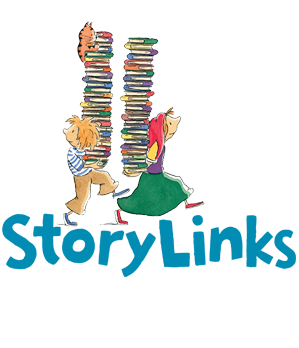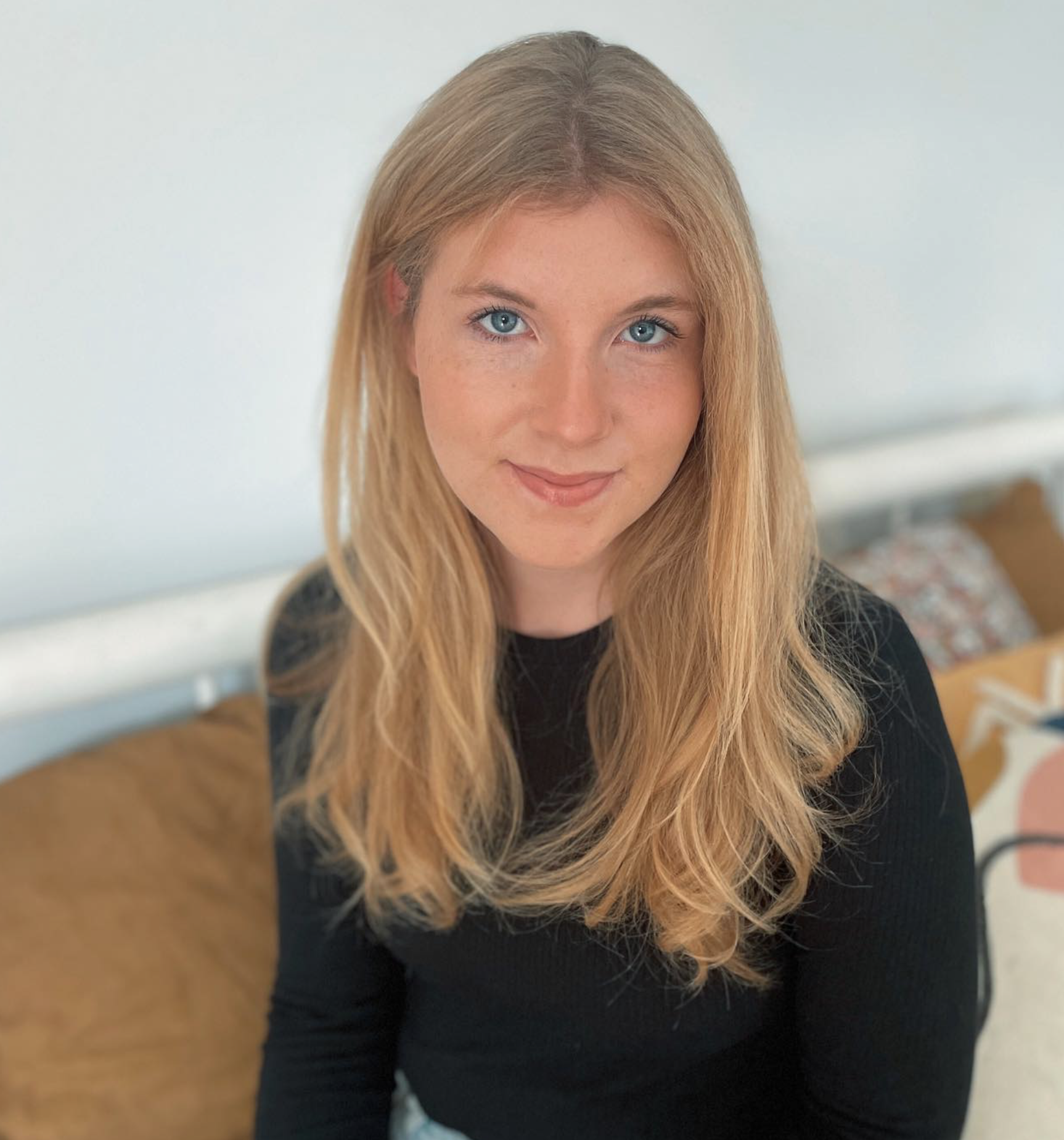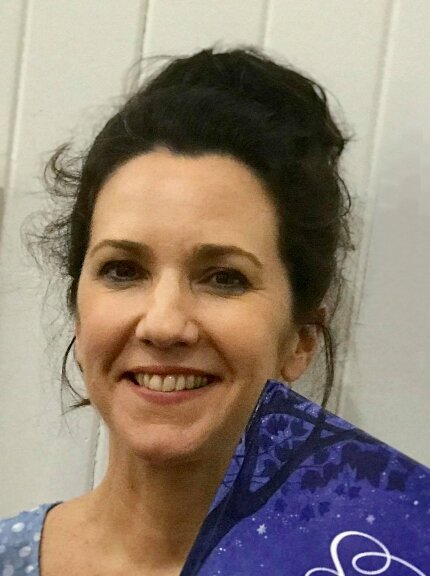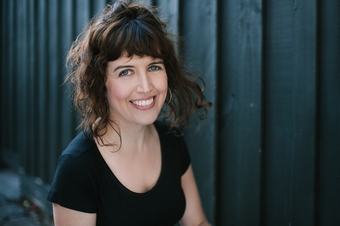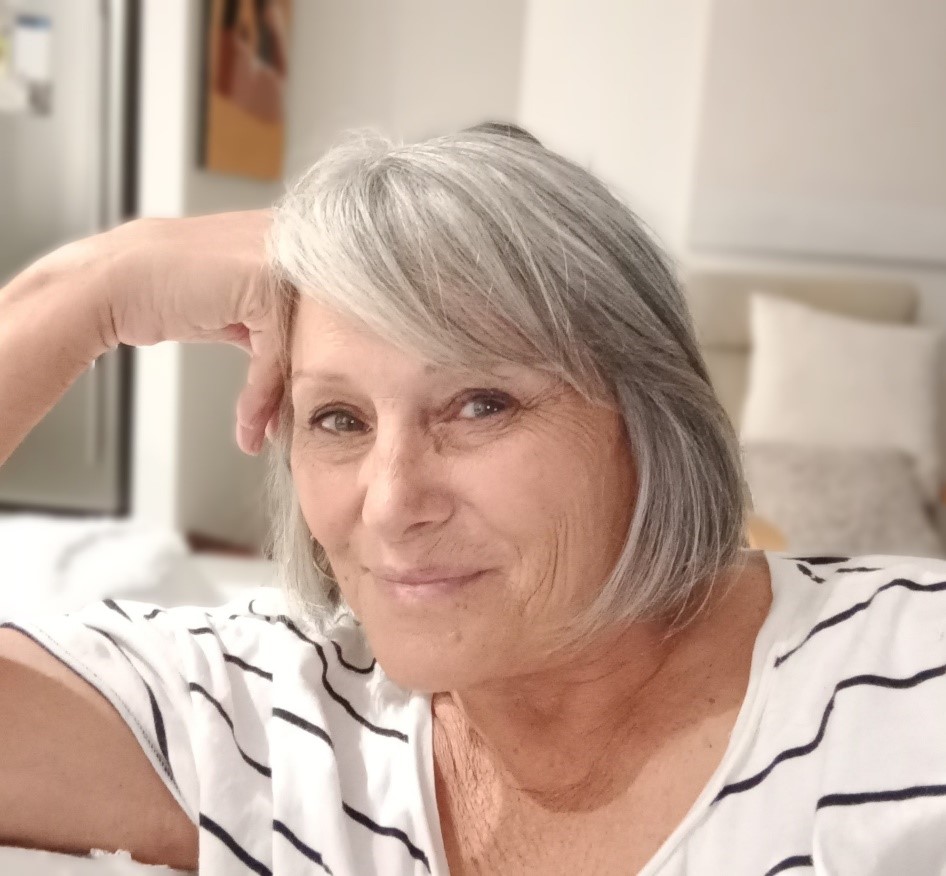
StoryArt Exhibition 2024 Meet the Artist : Debbie Taylor-Worley
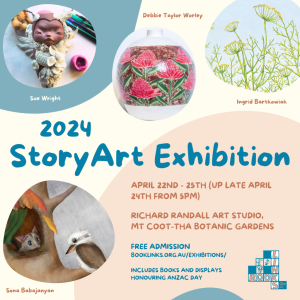 The annual StoryArt Exhibition ran from Monday, April 22 until Thursday April 25 at the Richard Randall Art Studio at Mt Coot-tha, Brisbane. It was four fabulous days of art for everyone to enjoy.
The annual StoryArt Exhibition ran from Monday, April 22 until Thursday April 25 at the Richard Randall Art Studio at Mt Coot-tha, Brisbane. It was four fabulous days of art for everyone to enjoy.
This annual event showcases local artist-illustrators whose work includes creating beautiful books for children. The participants had illustrations, models and other art for sale and on display.
This year’s artists were:
Deb Taylor-Worley Charlie’s War (written by Vicki Bennett)
Ingrid Bartkowiak Naturopolis (written by Deborah Frenkel)
Sona Babajanyan Goodnight Possum (written by Coral Vass)
Sue Wright had polymer clay sculptures of mythical and fictional creatures
There was a display honouring ANZAC family stories (Jacqui Halpin, Australia Remembers)
Debbie Taylor-Worley
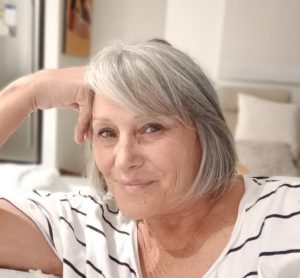 Debbie Taylor-Worley is a Gamilaraay woman whose art practice is multidisciplinary and ever changing, working mainly with clay and textiles. Although living currently on Bundjalung Country, she prefers to work in her Country while responding to place and story. Common themes within her research-based arts practice include female empowerment, the symbols used in “women’s business” rituals, both within the Gamilaraay nation and European nations associated with her coloniser heritage, and decolonising colonial narratives.
Debbie Taylor-Worley is a Gamilaraay woman whose art practice is multidisciplinary and ever changing, working mainly with clay and textiles. Although living currently on Bundjalung Country, she prefers to work in her Country while responding to place and story. Common themes within her research-based arts practice include female empowerment, the symbols used in “women’s business” rituals, both within the Gamilaraay nation and European nations associated with her coloniser heritage, and decolonising colonial narratives.
Taylor-Worley’s work draws on ancestral and intuitive guidance, creating work that bridges bi-cultural divides. She prefers natural and foraged materials that are connected to Country and working within the landscape and directly on the ground,
She won the 2019 Redlands Art Prize, and received the Special Commendation at the 2023 Churchie Emerging Art Prize. She has illustrated several children’s books including Campfire Dreaming, Emu Dancing, White Cockatoo, Silver Fish and Charlie’s War.
Debbie kindly agreed to answer a few questions for StoryLinks:
What were your favourite illustrations/illustrator as a child? My favourite books as a child were Enid Blyton stories, particularly The Magic Faraway Tree, although it was the magic in the stories that fascinated me, rather than the illustrations. However, we always had a stack of art magazines tucked away in the bottom of the hallway cupboard and I would spend hours looking through them. From a very early age (and ever since) Van Gogh has been one of my favourite artists. In fact, after winning a book voucher at primary school in an art competition, I chose a book on Van Gogh.
Why/how did you respond to them? Did they inspire you? Thinking back to those early years, I recall being moved by the emotional value, particularly the pathos of his paintings, and his tender connection to the people and the circumstances of those he painted. Van Gogh depicted ordinary people and mundane tasks with vibrancy and vigour, yet sensitively capturing their authentic being. I remember spending hours contemplating Van Gogh’s drawing Sorrow, and his paintings The Potato Eaters and First Steps, a poster of which I had hung on my bedroom wall.
Did Van Gogh inspire me? Definitely. I admired his creative courage; to find his own style, and to continue to paint regardless of commercial success or social acceptance. However, I understood very little about mental health issues as a youngster. So, although I wanted to be an artist, I was frightened that sadness was a prerequisite to a creative life. My younger life circumstances were already pretty challenging. It took many years to overcome that fear, and grow to the point where I could actually allow myself to be, and call myself, an artist.
Is/are there artist/s working today that you admire? Why? Is there someone you look up to now? As a children’s book author and illustrator, I can’t go past Rod Clement, particularly Olga the Brolga. It was a favourite of my children and now of my granddaughter. I also love the colourful and decorative qualities of Bronwyn Bancroft’s illustrations for Dreamtime: Aboriginal Stories by Oodgeroo Noonuchal and Colours of Country. I first saw Dion Beasley and his Cheeky Dogs and Cheeky Animals stories, written in collaboration with Johanna Bell a couple of years ago. The unpretentious simplicity and humour of his illustrations are wonderfully engaging.
Outside of the illustrative field, my favourite artists would be fellow ceramicists Penny Evans, and Gloria Thancoupie Fletcher. I am enthralled by the work, especially the collages, of Kenyan artist Wangechi Mutu. And of course anything that any of the ProppaNow artists create is hugely impactful.
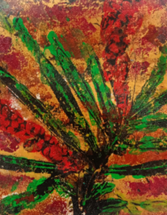 What is your preferred medium to work in? Why? Do you have more than one preferred medium? In my general practice, I am mainly working with ceramics, which are used as the canvas on which to paint or carve. However, I also weave, sew and print-make. For the books I’ve illustrated, I prefer to use acrylic or gouache on paper.
What is your preferred medium to work in? Why? Do you have more than one preferred medium? In my general practice, I am mainly working with ceramics, which are used as the canvas on which to paint or carve. However, I also weave, sew and print-make. For the books I’ve illustrated, I prefer to use acrylic or gouache on paper.
Where and when and how do you work? Could you describe the process from commission to finished product – we would like to know what goes on in your head. The process is very much dependent on the story line and how imaginative the scenes can be. For example, throughout Campfire Dreaming and Emu Dancing, much of the story takes place within the protagonist, a young First Nation boy’s, dreams.
After consultation with the author, and getting the story’s page settings, I research the landscapes, landforms, flora and fauna, of the story’s setting. For Charlie’s War, which was based on historical events, I spent a lot of time researching images of the events, advertising, uniforms, munitions, transportation vehicles and locations in order to have them as accurate as possible. I know much more about Australia’s old wooden bridges and their designers than I ever would have, without Charlie’s War research.
Most of my illustrative work has been done at the dining table, which the kids loved, because it meant while I was in the process of completing the illustrations, they got to eat their meals in front of the TV!
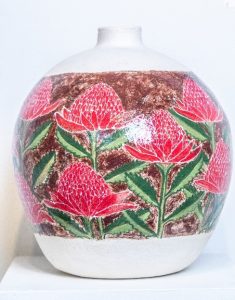 Can you tell us something about the pieces that you are going to exhibit at the Richard Randall Art Studio? Why did you choose these? Are any significant in any way? I’m planning to bring some small ceramic pieces, since that is my main creative preference and most pertinent to me as an artist. These are decorated with floral designs, inspired by wildflowers of Gamilaraay Country (North west NSW), which is my ancestral homeland. This work also played an important part of my doctoral research and exhibition. I will also offer small prints based on the same theme.
Can you tell us something about the pieces that you are going to exhibit at the Richard Randall Art Studio? Why did you choose these? Are any significant in any way? I’m planning to bring some small ceramic pieces, since that is my main creative preference and most pertinent to me as an artist. These are decorated with floral designs, inspired by wildflowers of Gamilaraay Country (North west NSW), which is my ancestral homeland. This work also played an important part of my doctoral research and exhibition. I will also offer small prints based on the same theme.
How would you describe your art style? Is this something that happened or that you worked for? I’m very “hands-on” in my art practice, enjoying very much the process of “making”, whatever the medium; and it all tends to be fairly intuitive. Art College focussed on art history and concept rather than technique, thus my art style is something that evolved, and continues to evolve, with much trial, error and experimentation.
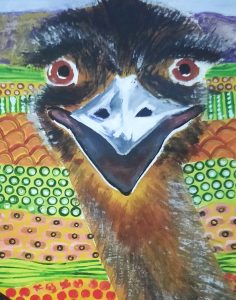
Image from “Emu Dancing” written by Leesa Smith, Illustrated by Debbie Taylor-Worley, published by Goanna Tales Publishing 2010

